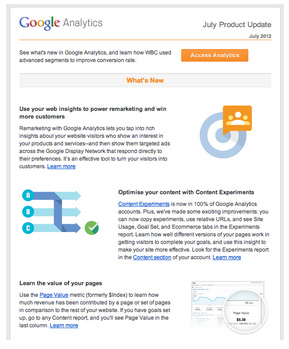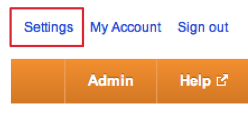As a search marketer, you know that bid optimization is one of the critical aspects of managing search at scale, providing sophisticated technology to meet your unique business goals. Over the past 18 months, the DoubleClick Search team has been focused on enhancing our automated bidding tools -- understanding that this is the engine that drives campaign performance. We've rebuilt our bid optimization platform from the ground up -- no single line of code is the same! -- and our users are already seeing some impressive results: 88% have experienced significant improvements in campaign performance, with 50% doubling their conversions at half the CPA (1).
Our investments in bid optimization span beyond revamped technology and algorithms. We wanted to make it easier for you to state your goals and monitor performance, to better harness and discover the power of automated strategies. The result is our new Performance Bidding Suite, which includes updates to the user interface (UI), new strategy options, and increased transparency into bid engine decisions. With our Performance Bidding Suite, you can:
- Quickly find the right goal with a refreshed user interface. Easily express bid optimization goals that match your business objectives. Whether you’re looking to maximize revenue or target a position, the new UI makes it even easier to find the right strategy for your unique goals. Our updated UI is designed to capture new bid strategies as they are released.
- Easily enter your Target Spend goals. With our new Target Spend strategy, maximize important KPIs like actions, transactions, revenue or clicks within a given monthly spend. Learn more
- Efficiently set default minimum and maximum bids on a strategy. Spend more time managing bid limits for the keywords you care about most, while DoubleClick Search handles the rest through a bid strategy-wide setting.
- Exercise even more advanced controls. The Advanced Configuration tab in the new bid strategy UI is designed for those who want to even further influence bid strategies. The first option we’re releasing gives you control over how a bid strategy handles high-traffic or low-converting keywords in ROI strategies. Stay tuned for more advanced controls. Learn more

In addition to a cleaner interface, new strategies, and advanced controls, the Performance Bidding Suite provides increased transparency into bid decisions and impact. Drive more insights with features that allow you to:
- Chart your Max CPC bids to visualize trends over time. You can now chart keyword bids for a defined date range, alongside any other metric in our UI to easily analyze bidding frequency and bid changes.
- Better understand our decision-making with bid rationale summary. As part of the change history tool, our new bid rationale feature (beta) reveals the reasoning behind any changes to specific bids.
- Preview intended bids. Our bid preview feature shows the target bid DoubleClick Search intends to submit for a particular keyword. This provides insight into the range of bids the system is likely to submit, based on the current bid and performance, to offer guidance in setting bid limits.
With these transparency features from the Performance Bidding Suite, you have powerful insights into how different settings impact campaign performance, and can tweak these settings if needed.
If you'd like to get started exploring the Performance Bidding Suite, you can check out the latest
release notes and
updated articles in the Help Center, or view our recorded webinar
here.
Posted by the DoubleClick Search team
1. Google internal data, 2012




